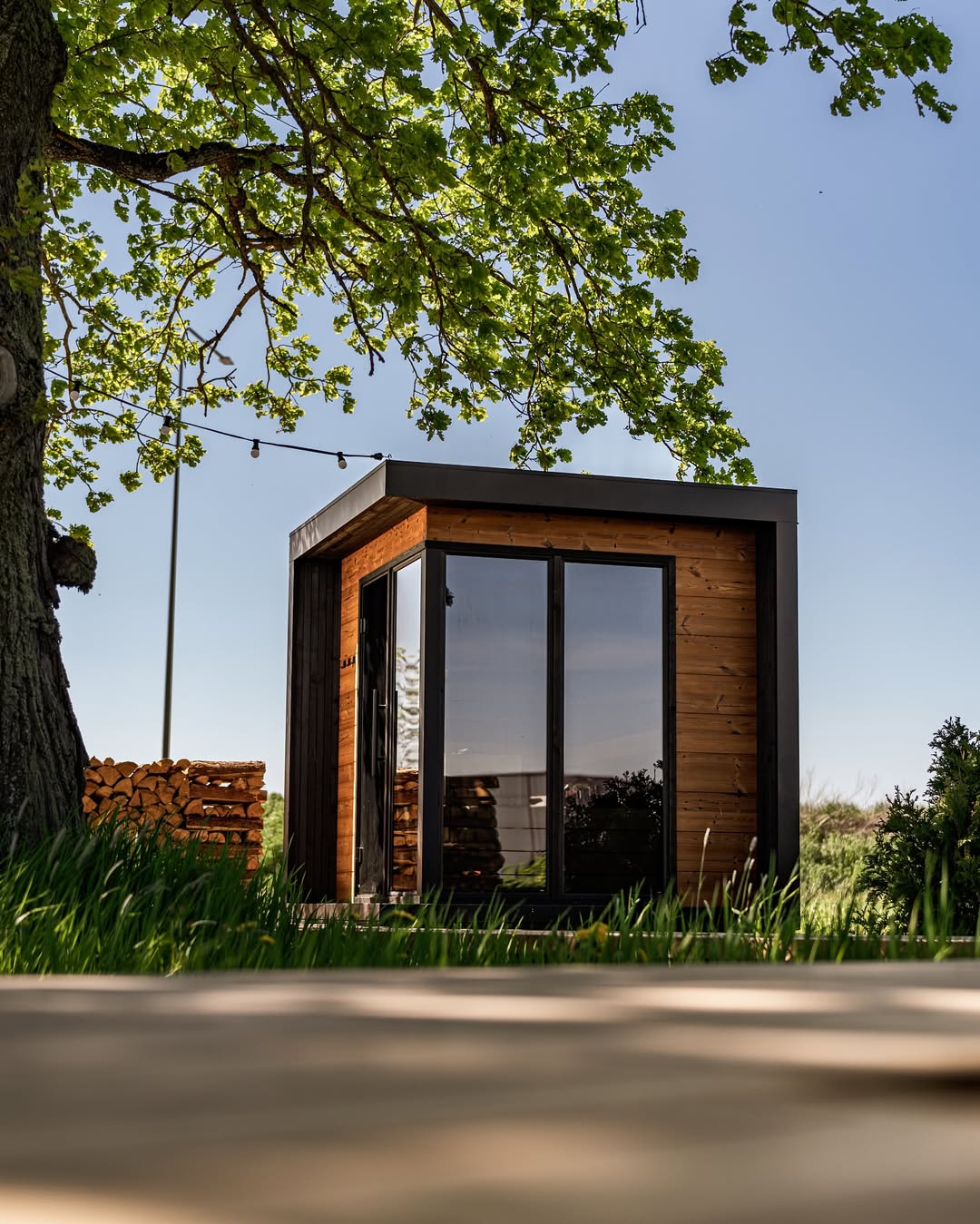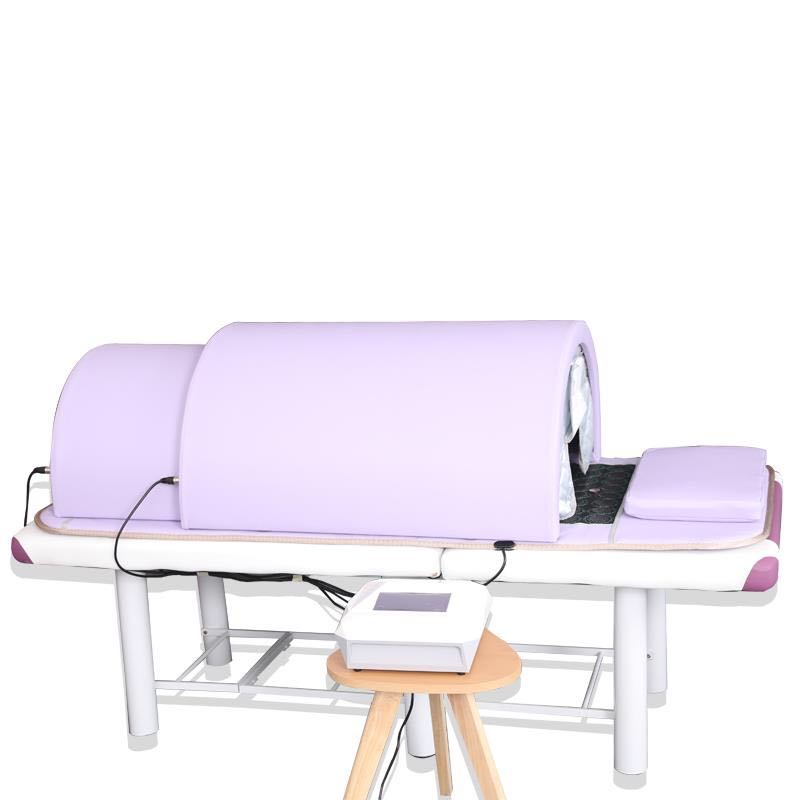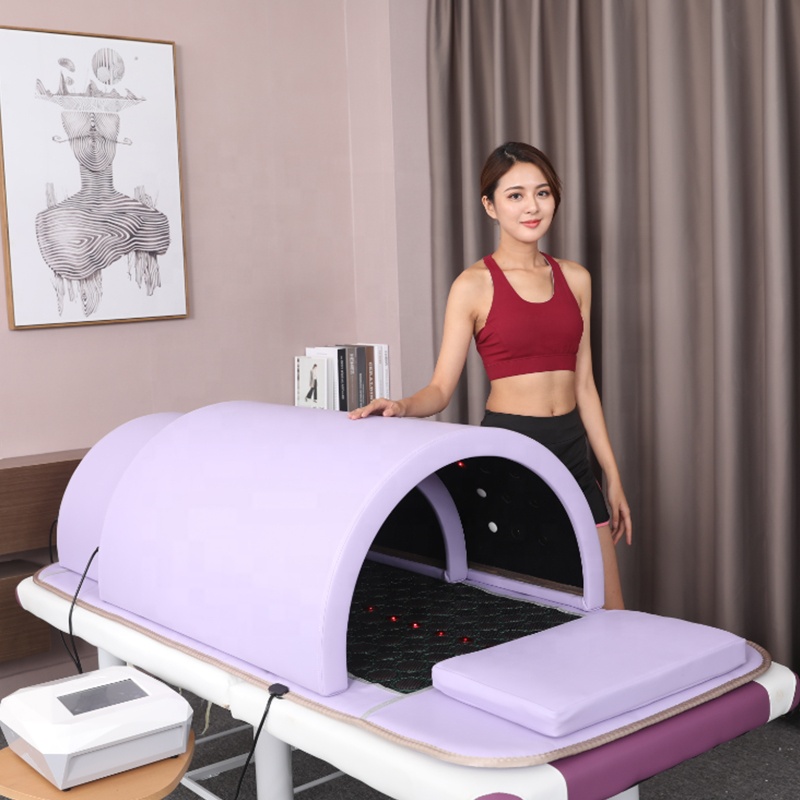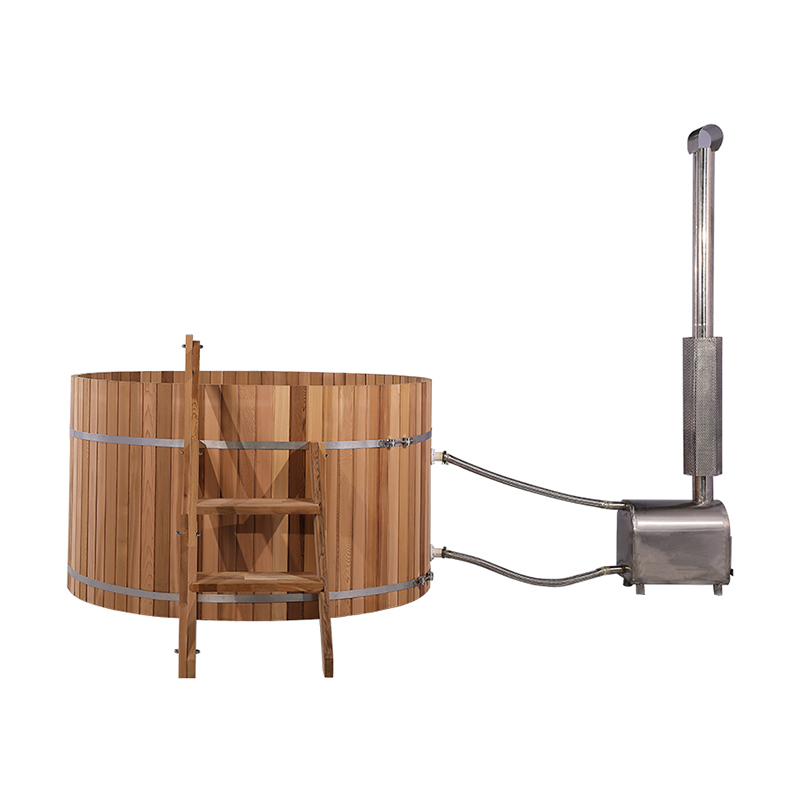With electricity prices soaring recently, the cost of sauna bathing has become an ongoing issue. Our technical expert Magnus answers the most common questions about saunas and energy consumption.

1. How can I influence the energy consumption of a sauna?
Try to enter the sauna as soon as possible, once it has heated up to a sufficient temperature, and avoid leaving it open when not in use. To conveniently control your sauna, install a Smonda control panel, which supports cloud connectivity and provides complete control and flexibility.
2. Will the choice of materials and construction affect my energy consumption?
Yes. The design and material choice of your sauna has a significant impact on energy consumption. Although many customers prefer large glass and tiled wall surfaces, greater economic benefits can be achieved by maximizing wooden covered surfaces.
3. Which part of a sauna session consumes the most energy?
The most energy is consumed when heating the sauna, which requires 80% per unit capacity in the first hour. The energy required to keep the sauna warm is not much. If you have an indoor sauna, you can use the residual heat from the sauna as a heat source in your home!
4. How much does a one-hour sauna session cost?
Thanks to the fast heating time, a Smonda domestic heater (6 kWh) consumes approximately 5 kWh for one hour of sauna use. For two people using the sauna for 40 minutes (plus 20 minutes of heating), the energy consumption per person is approximately 2.5 kWh.
5. What is the most energy-efficient alternative to electric saunas?
In addition to the many health benefits, the energy efficiency of infrared saunas is another motivation to invest in an infrared sauna. Infrared technology uses as much or less electricity as many common household appliances. Since there is no need to wait for the infrared cabin to heat up, you can enjoy its benefits immediately.



